Shahed drones, originally designed in Iran and now mass-produced by Russia with Chinese components, are intensifying Russia’s air campaign against Ukraine, forcing civilians into shelters nightly, reports The Sunday Times. These low-cost, long-range suicide drones, despite their simplicity, are reshaping aerial warfare with devastating effects on civilian infrastructure and morale.
A Terrifying New Normal
In Odesa, Inna Andrusyk and her husband narrowly escaped death when a Shahed drone obliterated parts of their 21-story apartment building. “She had been calling her friends and relatives, telling them there was a Shahed nearby,” Andrusyk, 40, said of her colleague Kateryna Borsynska, who perished in the attack. The drones’ distinctive moped-like whir, traveling at roughly 100 mph (161 km/h), gives just enough warning to spark panic, amplifying their psychological impact.
“Now, with these Shaheds, you can hear them, you know they are coming, but you don’t know where they will land — and that is far more terrifying,” Andrusyk added.
Russia’s escalation is stark. From 350 Shaheds launched monthly last summer, June 2025 saw 5,438, with 15-20% reaching targets. On June 17, Kyiv endured a nine-hour assault, with 539 drones launched, killing 30 and injuring 172.
Technical Evolution of the Shahed
The Shahed, or Geran in Russian, is a delta-wing drone with a wooden propeller and a basic four-cylinder engine from China’s Xiamen Limbach. Costing far less than Russia’s Kinzhal missile, which reaches 7,680 mph (12,360 km/h), the Shahed’s affordability enables mass production. Russia’s Alabuga facility in Tatarstan, 600 miles (966 km) east of Moscow, now produces over 6,000 units monthly, up from 1,000 last year, with projections of 10,000 by year-end, per Yasir Atalan of the Centre for Strategic and International Studies.
Recent upgrades include tungsten-alloy shrapnel balls and larger 198-lb (90 kg) warheads. “They are evolving these drones all the time,” said Colonel Yurii Ihnat of Ukraine’s Air Force Command, noting some now use Starlink and Ukrainian SIM cards for real-time navigation, evading defenses. Decoy drones further complicate interception.
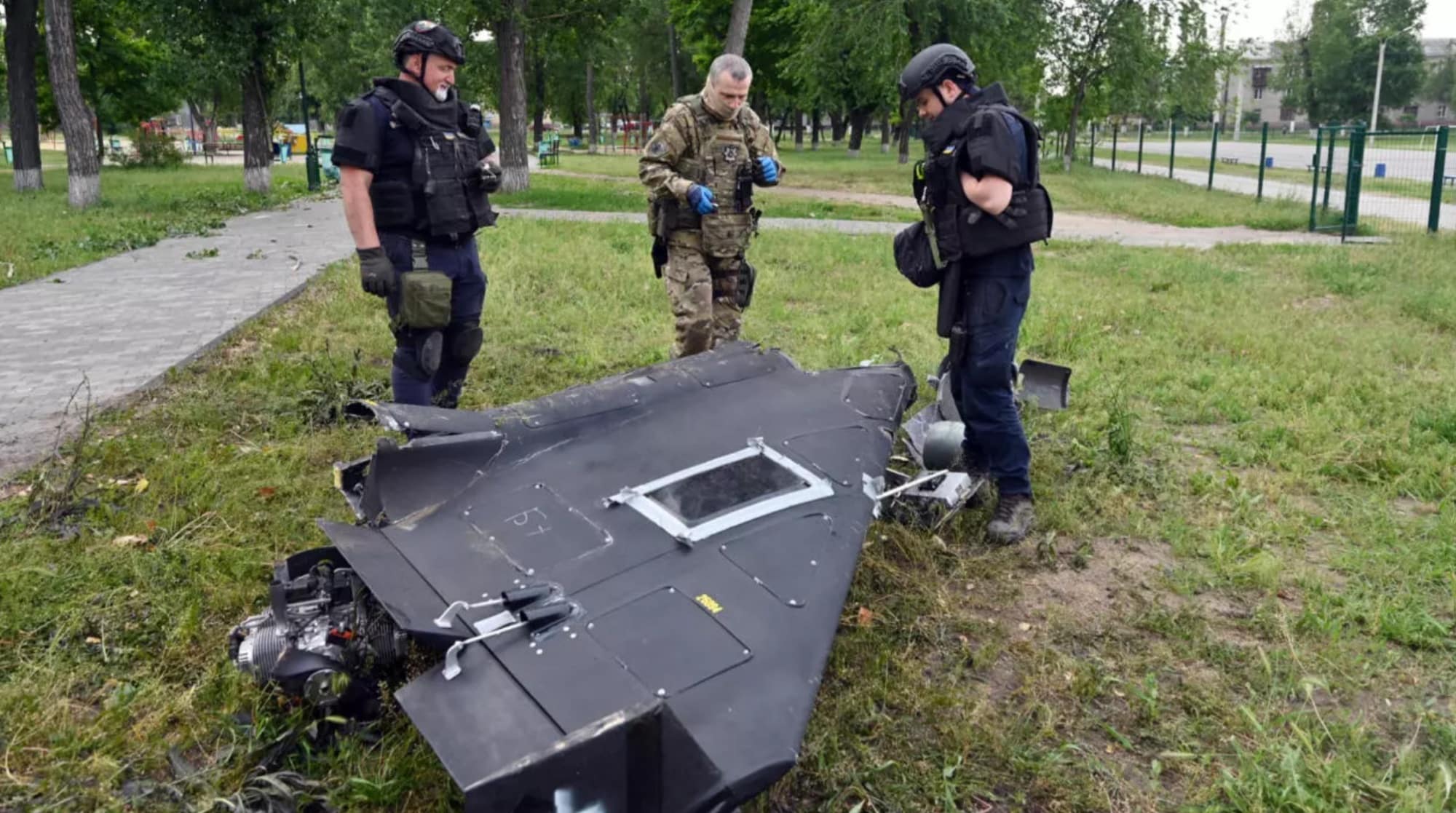
Global Supply Chain and Production Challenges
Russia’s $2 billion deal with Iran in 2023 secured the Shahed design, but over 90% of its electrical components initially came from Western manufacturers via third-country trades. Now, China supplies critical parts like transceivers and signal generators from the Beijing Microelectronics Technology Institute. Labor shortages persist, with toxic materials driving high turnover.
- “Workers only stay for two to three months because some of the materials that they use are very toxic and people become unwell,” a Ukrainian intelligence source reported.
Russia is reportedly recruiting 25,000 North Korean workers to bolster production.
Implications for Drone Warfare
The Shahed’s success highlights a shift toward low-cost, scalable drone warfare, challenging traditional air defense systems. For Ukraine, the drones strain resources, with volunteers like Mykola Misechko, a Kyiv judge by day, hunting Shaheds at night.
“When you shoot down a drone, it is an immense feeling, because you know that what you’ve done could have just saved someone’s life,” Misechko, 45, said.
Yet, with U.S. munitions shipments paused, Ukraine’s defenses face mounting pressure.
For the drone industry, the Shahed underscores the dual-use nature of accessible technology. Components from commercial markets enable rapid, inexpensive weaponization, raising regulatory concerns globally. As Russia refines this blueprint, the proliferation of similar drones could reshape conflicts, demanding innovative countermeasures from military and civilian drone sectors alike.

Photos courtesy of AFP.
Discover more from DroneXL.co
Subscribe to get the latest posts sent to your email.

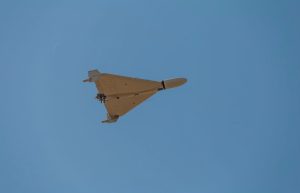

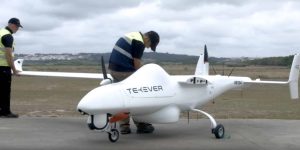


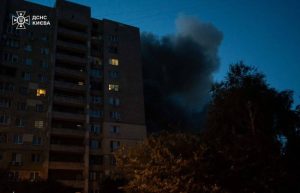


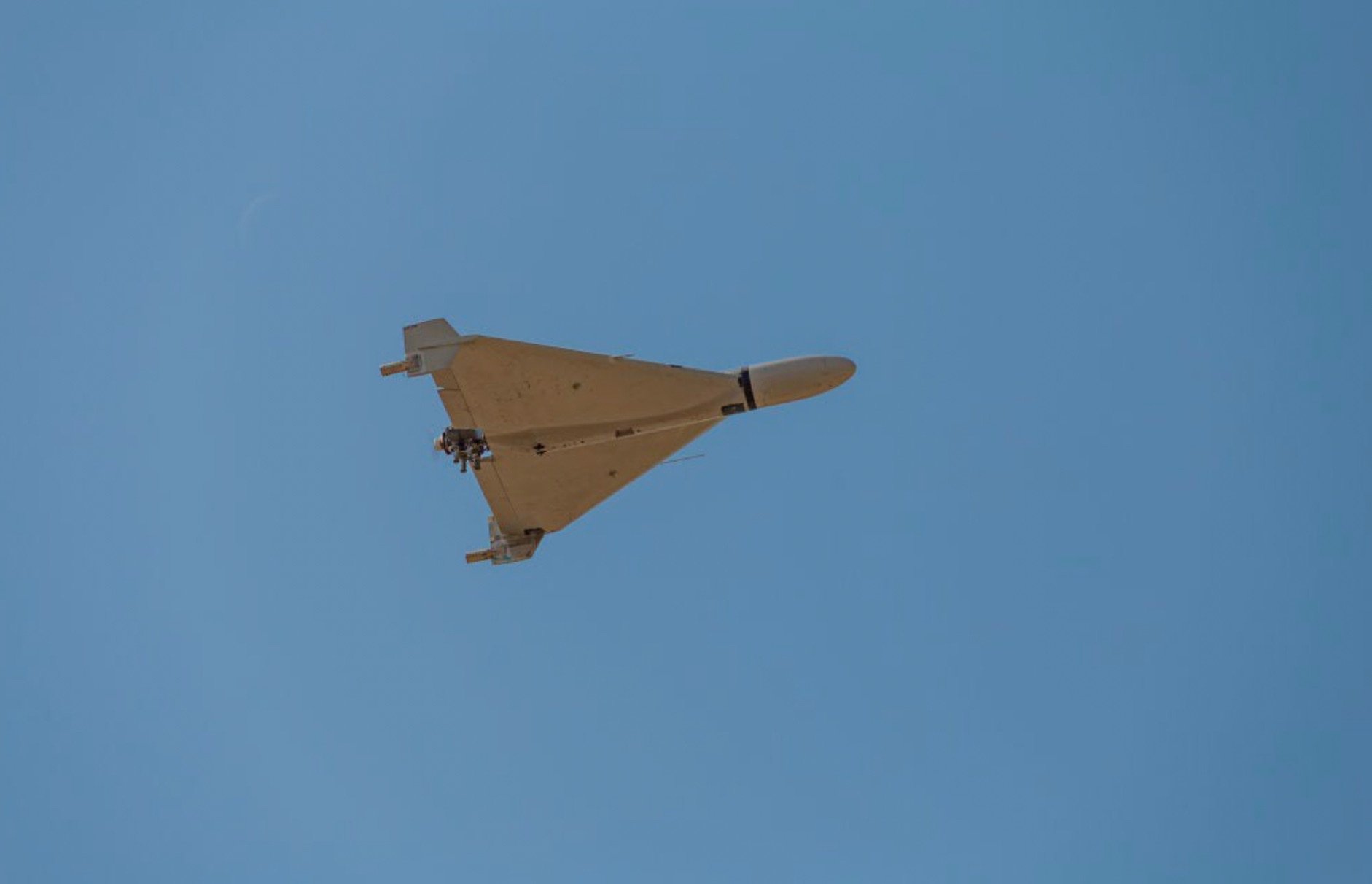
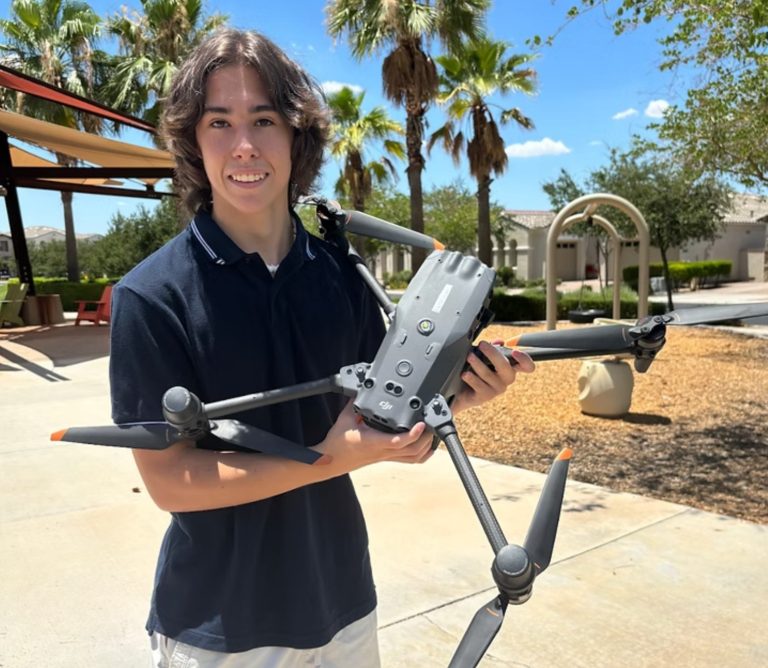

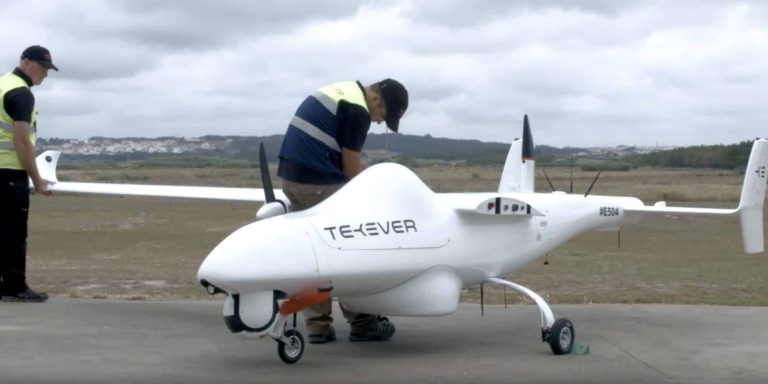
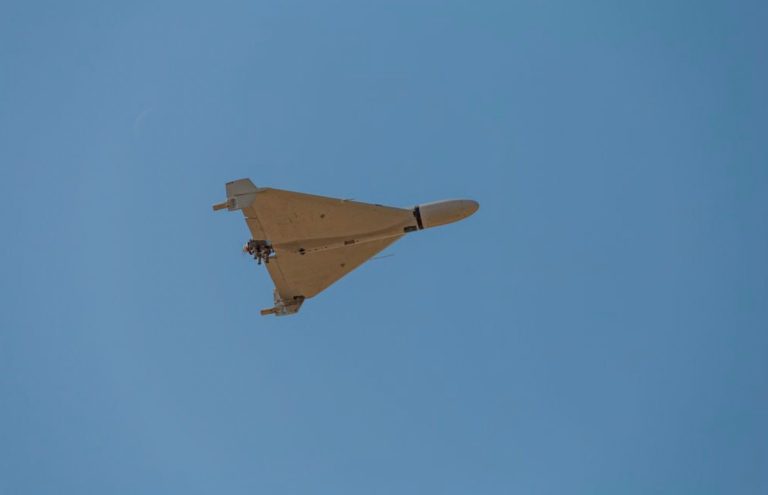
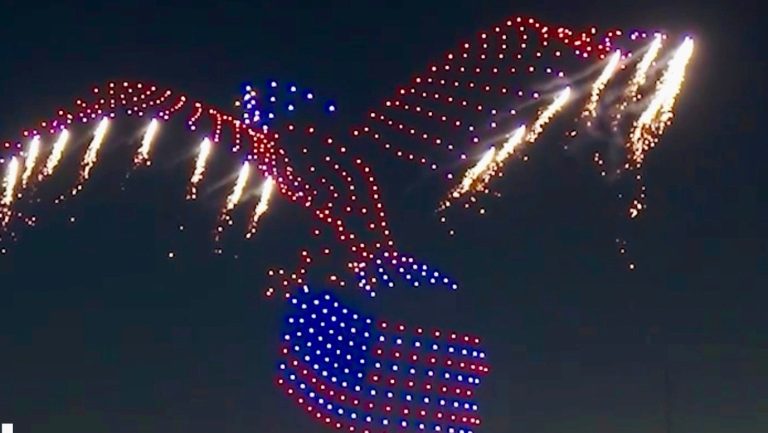



+ There are no comments
Add yours